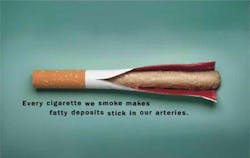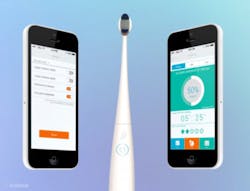Another subject of importance is pertussis. In the last century, pertussis was one of the most common childhood diseases and a major cause of childhood mortality in the United States. Before the pertussis vaccine became available in the 1940s, more than 200,000 cases of pertussis were reported annually in the United States.(1) Since widespread use of the vaccine began, incidence has decreased more than 80% compared with the previous era.(1) Since the 1980s, Canada, Australia, and the United States have seen a resurgence of pertussis.(1) In 2004 in the United States, 25,827 cases were documented, the most since 1959, with 38% of reported cases among adolescents.(1,2) In 2012, more than 48,000 pertussis cases were reported in the United States, the most since 1955, when nearly 63,000 cases were reported.(3)
References
1. Pertussis. In: Atkinson W, Wolfe S, Hamborsky J, eds. Epidemiology and Prevention of Vaccine-Preventable Diseases. 12th ed. Washington DC: Public Health Foundations, 2012. http://www.cdc.gov/vaccines/pubs/pinkbook/pert.html.
2. Bechini A, Tiscione E, Boccalini S, et al. Acellular pertussis vaccine use in risk groups (adolescents, pregnant women, newborns and health care workers): a review of evidences and recommendations. Vaccine. 2012; 30(35):5179–5190.
3. Centers for Disease Control and Prevention. Pertussis (whooping cough). Fast Facts. August 28, 2013. http://www.cdc.gov/pertussis/fast-facts.html.
4. http://www.cdc.gov/pertussis/downloads/BAM-villain-for-kids-fs.pdf.
5. Committee on Infectious Diseases, American Academy of Pediatrics. Pertussis (whooping cough). In: Pickering LK, Baker CJ, Long SS, McMillan JA, eds. Red Book: 2012 Report of the Committee on Infectious Diseases. Elk Grove Village, IL, 2012:553–556. http://aapredbook.aappublications.org/content/1/SEC131/SEC237.body.
6. Cohen S, Black A, Ross A, and Mandel E. Updated treatment and prevention guidelines for pertussis. Journal of the American Academy of Physician Assistants: January 2014 - Volume 27 - Issue 1 - p 19–25.
7. The Truth about Pediatric Root Canals. http://ireport.cnn.com/docs/DOC-1073285/.
8. http://www.kolibree.com/.
Sincerely,
Maria Perno Goldie, RDH, MS
To read previous RDH eVillage FOCUS introductions by Maria Perno Goldie, go to introductions.
To read more about pertussis and dental hygiene, click here.












